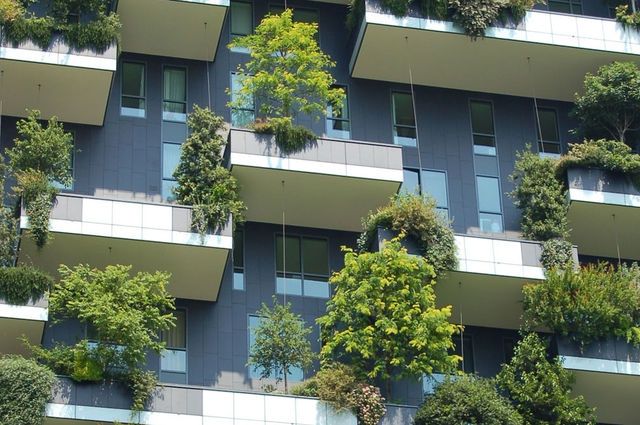Climate Emergency And The Hospitality Industry: Are We On Track?
14 experts shared their view
The hotel industry must reduce its greenhouse gas (GHG) emissions per room per year by 66% by 2030, and 90% by 2050 (see ITP, 2017). However, looking at 10 of the largest hotel companies, only one sets a goal that is in line with the science-based targets. Decarbonization has long become an integral part of risk assessment in other industries. Considering the current growth in hotel supply, the industry has already committed future carbon dioxide emissions via (often) poorly designed and air-conditioning hungry new properties. What drives the lack of commitment in the hospitality industry? What keeps developers and investors away from building a carbon-neutral future? What are the main obstacles ahead? What can the industry do better and how?
This past year, we witnessed the many initiatives surrounding the banning of plastics straws and the replacement of miniature bathroom amenities, those are to be applauded. However, the attention should not be distracted from the larger picture: Considering the current growth (with roughly 3000 energy-guzzling hotels joining the supply this year alone), how many of those new properties have joined the ranks of carbon-neutral hotels?
Hotel companies are, like any other businesses, trying to run as efficiently as possible. And any bigger, large-scale change, such as retrofitting a building to be more energy-efficient, often requires the approval of multiple parties. But these actions are always at the end of the pipeline. In fact, the industry requires investors, developers, brands, architects, and operators to act in unison when it comes down to carbon-neutral properties. On a positive note, matters of sustainability are finally cropping up at hotel investment conferences – long overdue.
The myriads of sustainability measures implemented over the past two decades are certainly good when assessed in isolation. But in fact, the sum of those measures is by far not enough to reach any climate goals. The argument here is that our industry cannot wait to start in 2030 to shape the hotel sector of 2050. The 90% reduction in emissions by 2050 needs actions today. And one action is to set bold, transparent and solid goals, and then to move on with your Plan-Do-Act-Check cycle.

